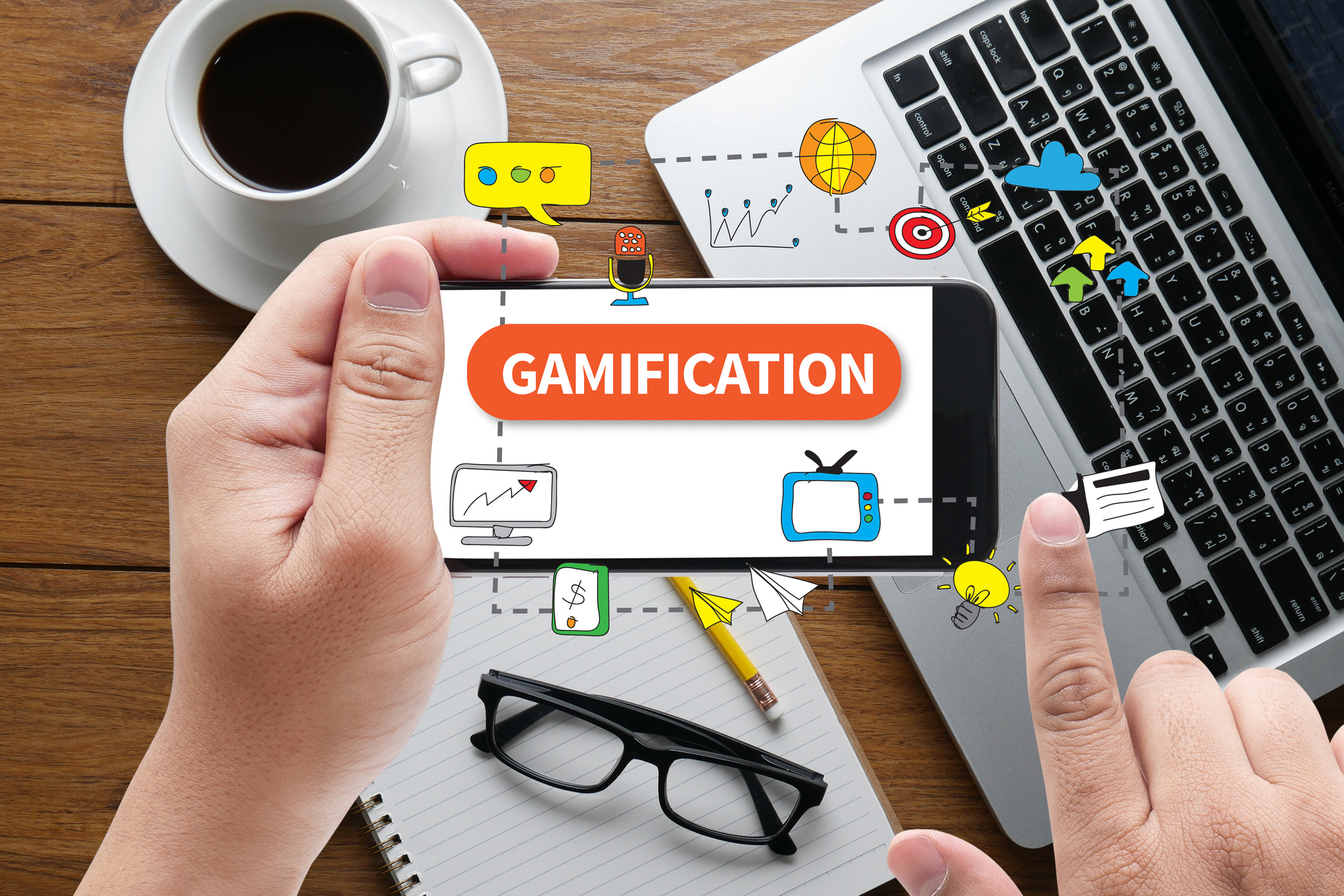In 2017, the video game market in the US was worth $18.4 billion. With games being so popular, it’s hardly surprising that retailers would turn to gamification websites to boost sales.
And it’s not just retailers.
Web developer Robby Leonardi famously turned his resume into an interactive online game. Potential employers could ‘play’ his resume, seeing evidence of his skills in action while learning more about him.
Such a novel approach became legendary in the web development community. But is adding gamification to your website the right route for you? It may not be, depending on what your website does.
Read on to discover how you can add elements to help engage users. Learn which ones may be useful for your site.
Offer A Points Scheme
A website like SuperBetter uses gamification to help users achieve personal goals or improve their mental health.
But adding gamification elements doesn’t necessarily mean you just have to create games for users to play. Many successful gamification websites offer simple schemes, such as allowing users to earn points.
Perhaps they earn them on purchases or through interacting with your email newsletter.
As the user earns points, they ‘level up’, accessing greater rewards. Perhaps you give discounts, or you let users buy exclusive items only available with points.
Music retailer HMV offers access to experiences such as gig tickets, or merchandise unavailable to purchase in store. These bonuses can’t be bought, only earned.
You can even grant users titles based on their points. Incentivizing the use of your website can boost user engagement. Who wouldn’t want to be a ‘Fashion Ninja’ or an ‘Auto Parts Master’?
Depending on what your website sells, you may be able to introduce a league table. Users can compete with each other to earn more points and access special rewards.
Turn Your Tips Into A Game
Anyone who’s played a video game will know the first level is often designed to teach you the game’s controls. Gamification websites include similar functions.
Short games or sequences and teach users how to use the website to its fullest potential. The more users get out of your website, the more they’ll use it.
Twitter guides users through a short series of tasks to ensure they complete their user profile. Slack offers a similar ‘tour’, asking users to perform functions to learn how the website works.
Even LinkedIn offers a rudimentary form of gamification. Completing more fields on your profile takes you closer to a profile strength of 100%.
They even turn the data around your usage of the website into a competition. Users can see how they rank compared to colleagues or others in their field.
Offering tooltips also provides an easy opportunity to add these gaming elements to your website. Consider making this learning process the first ‘level’ of the ‘game’.
Engage Users With Animations
If your website has lots of moving parts, it can slow down its speed. 40% of users will abandon websites if they take longer than 3 seconds to load.
Using animations can maintain a user’s interest while pages load. Think of the load screens between levels or locations between video games.
Use the screens to pass on information, or just entertain through animations. Give users something to do while they’re waiting for the next screen.
Twitter Counter suggests users grab a coffee or check out a random article on Wikipedia. Even something as simple as the Gmail loading bar shows the user that something is happening.
Such dynamic website design lets you add interactivity to your user experience.
Add Quizzes
People love answering questions about themselves. Partly through ego, but also to help make sense of their own personality.
Quizzes are another easy way to add engagement. Put simply, you’re asking users to click pictures, check boxes, or choose options. They’re constantly doing something while they’re on your site.
Gamification websites also use these quizzes to glean extra information about their users. You can gain valuable insights from the answers given. Those insights can help you to improve your website or even add new product lines.
Add sharing options to let users share their quiz results on social media platforms. Embed a link back to the quiz on your website within the results. It’s a simple way to boost visibility for your website.
Let Users Track Their Progress
There’s a reason so many people have turned to fitness trackers. They like seeing visual evidence of their progress.
Add features to your website to let users track their progress. You might do this by adding a ‘levels’ feature. The more of your website the user actually uses, the more levels they achieve.
If you’re a retail website, you might let them track their purchases in terms of environmental impact or money raised for charity.
There are hundreds of ‘to do’ list apps and websites. Todoist adds a simple points system that awards so-called Karma points when you complete items or reach your goals.
You can’t do anything with the points but users enjoy earning them anyway. In the case of Todoist, they’re literally building good karma.
The Best Gamification Websites Keep Things Simple
We’ve given you plenty of options. Don’t be tempted to use them all at once.
You don’t want to add gamification for the sake of novelty. But you can include gamification elements to engage users or learn more about them.
Technology has changed website design. Use the new functionality to serve you and your users.
Tie the gamification elements to your business goals. Maybe you just want users to regularly visit, and use, your website. If so, let them earn points for doing so.
Or if you want users to promote your website to their friends, add fun quizzes.
Choose the gamification features that make the most sense for your website and your users. Providing an enjoyable experience should be your top goal because that’s what keeps users coming back.
If you have any questions about gamification websites or you need help with your site, we’re here to help. Get in touch and we’ll get you up and running!





